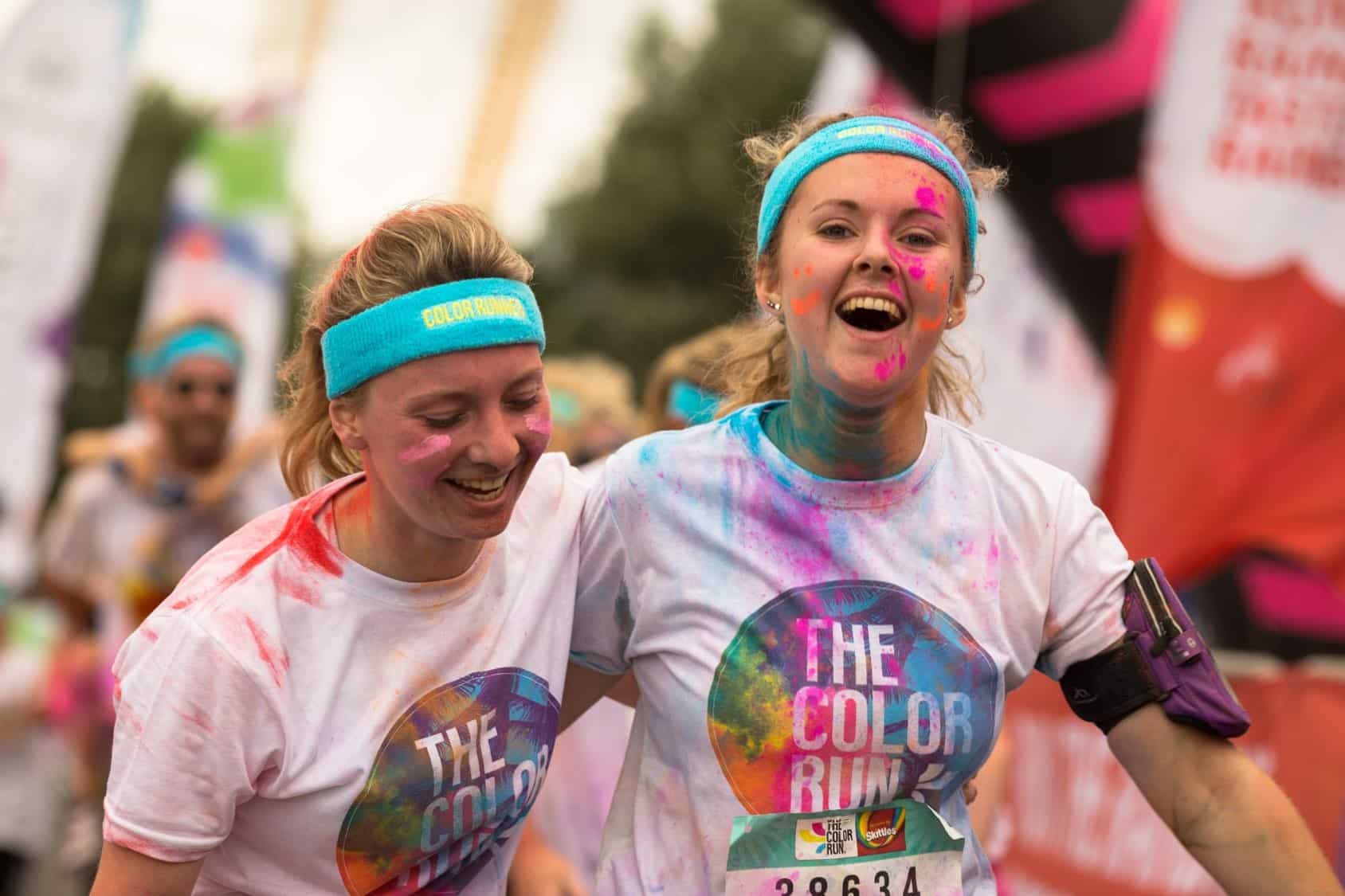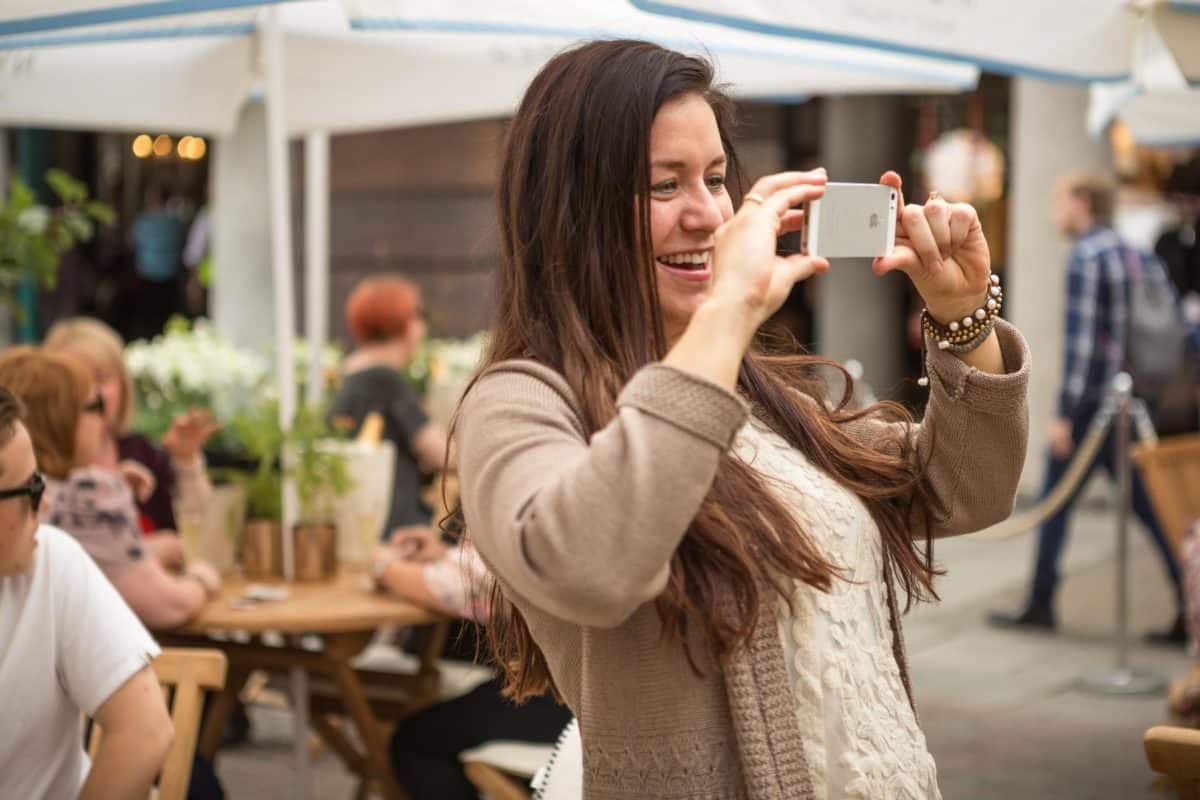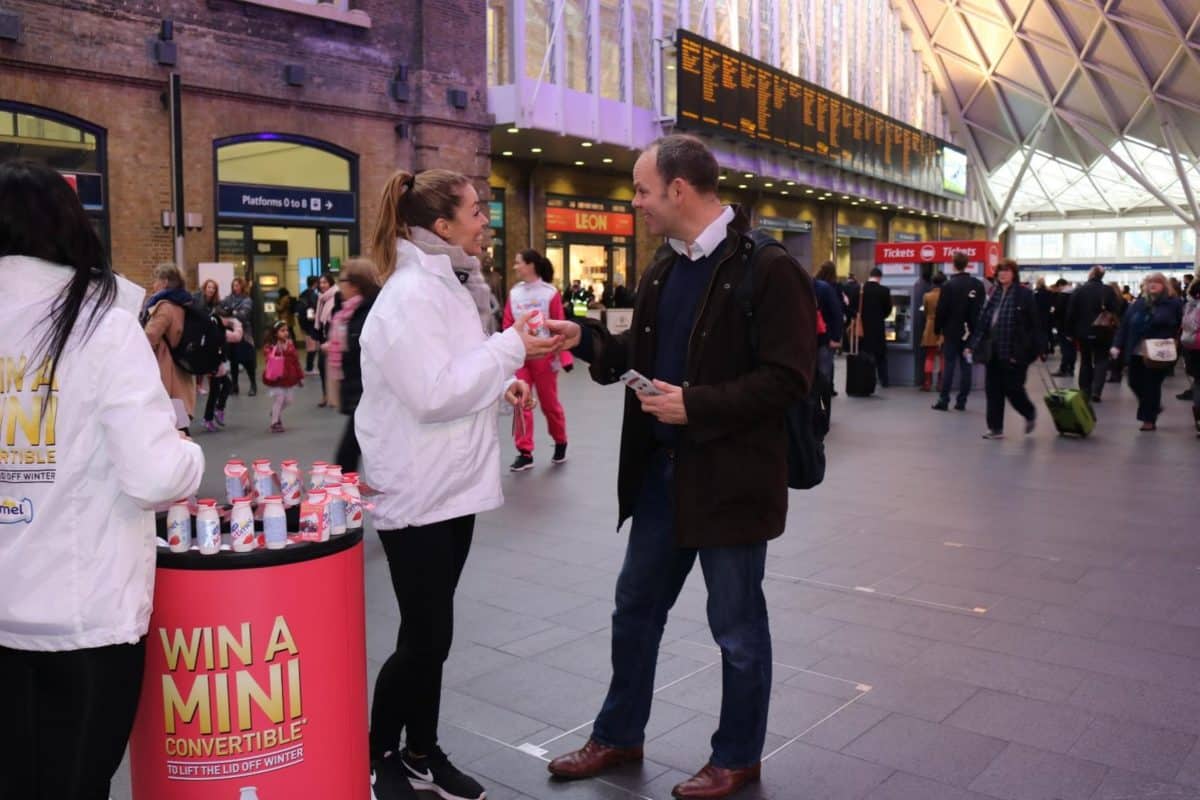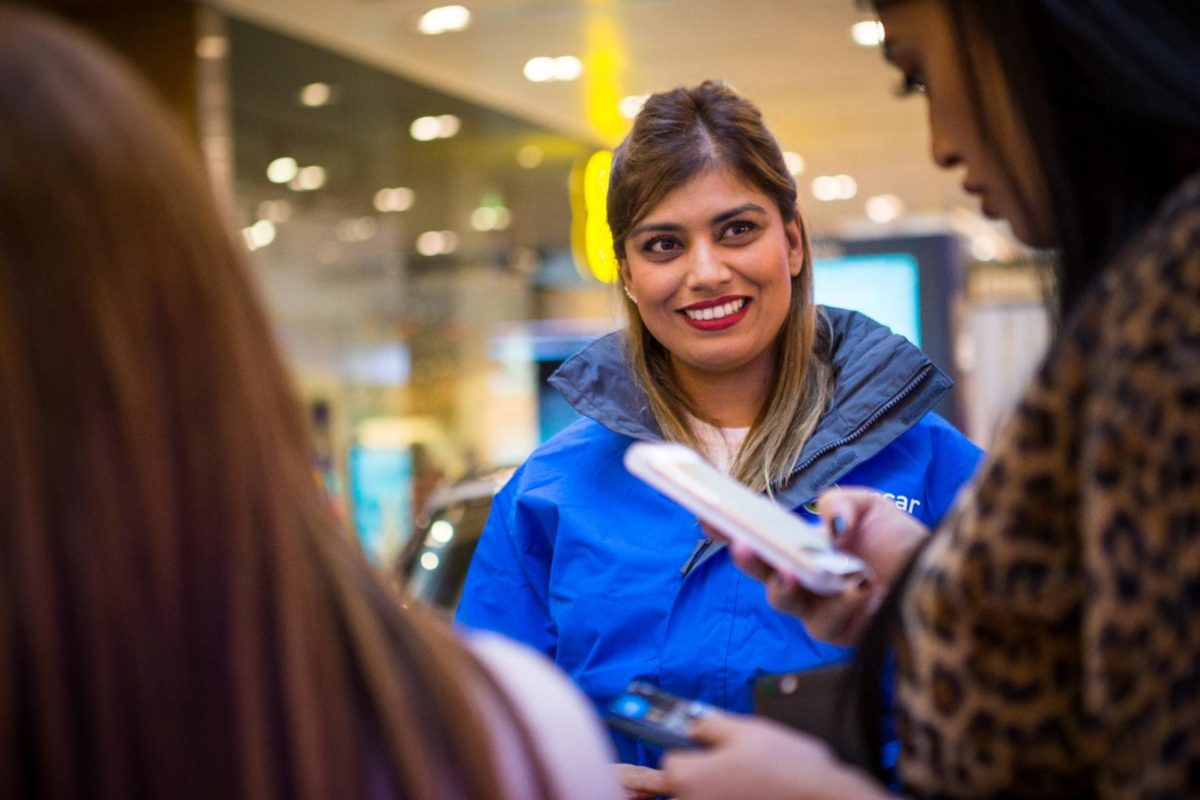Measuring the success of your brand experience
January 2018

January 2018

Experiential marketing is a customer-centric discipline facilitating a physical interaction between consumers and brands. Unlike traditional marketing where information is pushed onto the consumer, experiential opens a two-way dialogue allowing consumers the opportunity to interact with the brand on their own accord and shape their brand advocacy.
Brands are increasingly recognising experiential marketing as an integrated tool within their marketing plan. In fact, one in three CMOs are expected to allocate 21%-50% percent of their budget to brand experience marketing over the next three to five years.1
Experiential is useful in attaining objectives which other marketing strategies may struggle to accomplish including brand devotion, however quantifying the success of experiential is an understandable high priority in order to justify investment.

1. Social media engagement
Content shared via social media can significantly amplify the reach of a brand experience. 72% of consumers say that receiving shared content from friends makes them more likely to purchase the brand2. Brand mentions can be easily measured by searching for specific hashtags. Tip: it helps to have a catchy and memorable Hashtag for the campaign i.e. #CheersJameson.
2. Customer acquisition
Membership and subscription based brands can see a significant increase in new members through onsite sign-ups during activation. Brand experiences for this type of campaign must have call-to-action incentivising consumers to sign up immediately. This can be in the form of discounted memberships or something a bit more personal. Purity worked with car-sharing company Zipcar last year to promote their new ‘Flex’ offering. Along with offering Love2Shop vouchers consumers were able to win credit on their account through interactive games.

3. Free product samples
Engaging with brands can improve consumers brand perception and influence consumer purchase behaviour. Experiential marketing delivers trial of new products whilst also allowing consumers to challenge existing perceptions to a brand. Delivering product samples not only drive sales of the product but also builds strong brand awareness and loyalty. A product sample study conducted by Artibron and Edison found that 35% of customers who try a sample will buy that product on their shopping trip.3
4. Capturing consumer data
Brand experiences are a great means of increasing a brand’s database. Data is undeniably big business for companies, and will become increasingly important in the future. Data drives insights on consumer behaviour and insight drives personalisation and highly targeted solutions. Brand experiences should include an element of data capture on the condition that the brand owners will then actively look to use that data collected in the most effective way.
5. Crowd intelligence technology
There are various applications on the market which accurately tracks audience movement in real time using Wi-Fi beacon signals transmitted from consumer’s devices. These technologies can provide invaluable metrics on dwell time, footfall, repeat visits and outside traffic. Crowd Connected are one the companies leading the way in this technology in an emergent and highly competitive area.
6. Product sales
An uptake in sales often comes as a direct result of a product sampling brand experience. Maintaining this sales spike is a challenge that experiential agencies should embrace and resolve for clients. Proximity to point of purchase inevitably makes this easier to track. Delivering an activation in a music festival environment however, creates a different challenge for agencies and brands to consider.

7. Live consumer engagement
In these days of the ‘experience economy’ arguably the simplest way to measure the success of an experiential campaign is to simply watch and capture how consumers react to the experience. Increasingly consumers are actively looking to participate, capture and share experiences with friends and family, more often than not through social media, although word-of-mouth is vital. We have a responsibility therefore within the sector to create brand experiences which excite, engage and inspire.
Being results and objective driven is important in every stage of the planning and execution of an experiential campaign. Opportunities for improvement through detailed post campaign evaluation is perhaps the most crucial element in understanding the success of the campaign against KPI’s.
Are you considering experiential marketing for your brand? Please get in touch with Purity and tell us about your upcoming project.
1 – Freeman Global Brand Experience Study
2 – Event Track Report 2017
3 – Promo Bikes
Start your project
Purity convert live attention into brand devotion by creating distinctive, valuable and meaningful brand experiences that change consumer behaviour.